Tate Britain celebrates the short but seismic age of New Brutalism
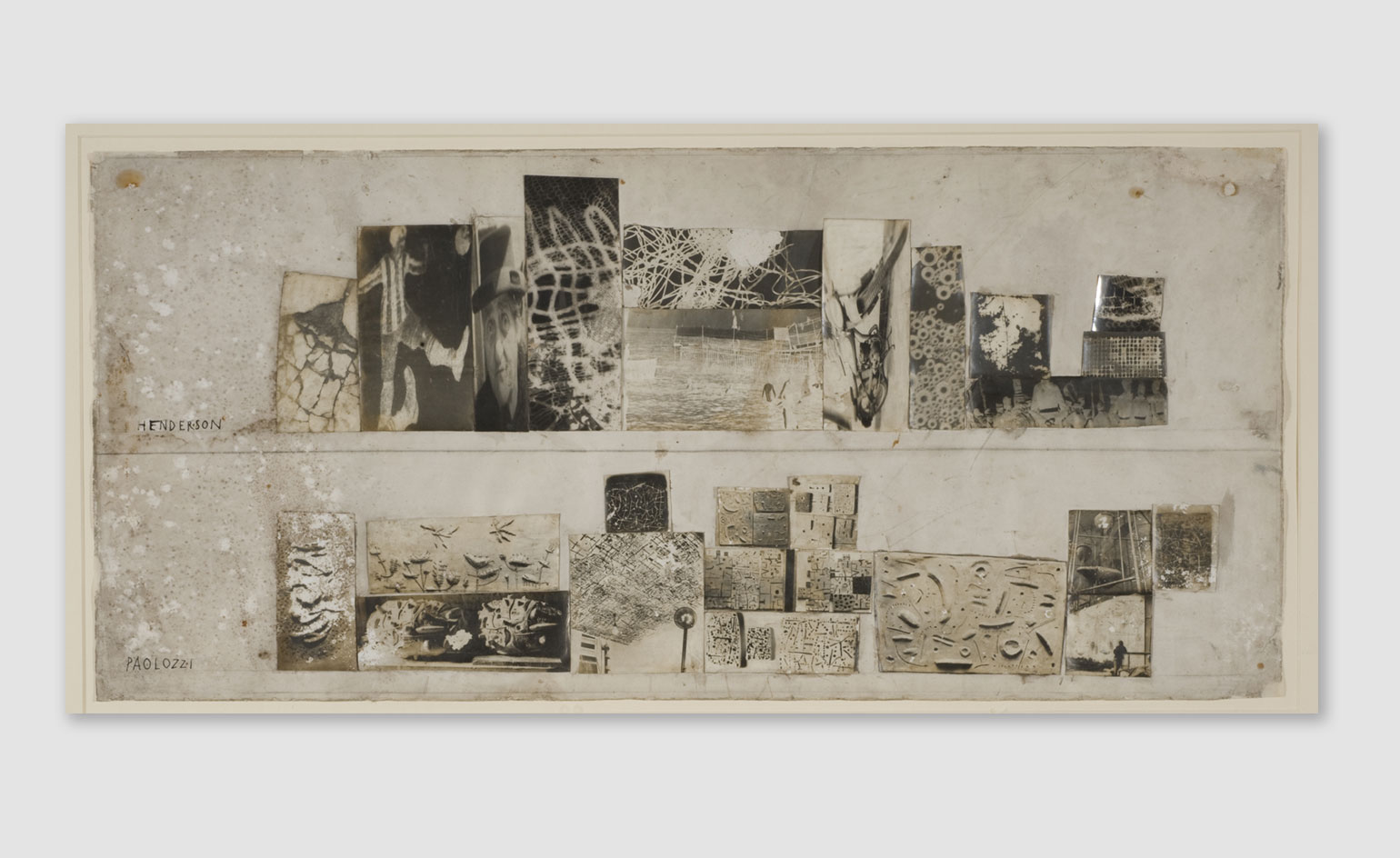
Designed in 1949 by Alison and Peter Smithson and opened in 1954, Hunstanton Secondary Modern School was a radical series of Miesian boxes landed in Norfolk; and a key building in the development of British modernism.
The team behind its construction, and the documentation of its construction, included not just the Smithsons but the sculptor Eduardo Paolozzi, who created a large collage for the school; the artist-photographer Nigel Henderson; as well as the pioneering structural engineer Ronald Jenkins of Ove Arup & Partners. The group fused, found common creative cause and continued to collaborate.
The Smithsons designed Jenkins’ office at Arup which featured a Paolozzi collage on the ceiling, a project which saw them become a cross-disciplinary collective dedicated to exploring the problems and potentials of mass media and other manifestations of modernity. The critic Reyner Banham would tag that broader project 'New Brutalism' in 1955.
In the meantime the team, now the nucleus of what was the Independent Group, also helped create the hugely influential ‘Parallel of Life and Art’ exhibition at the ICA in 1953. Tate Britain’s ‘New Brutalist Image 1949-1955’ exhibition, celebrates this short but seismic collaborative blast with previously unseen pictures by Henderson as well as plans and drawings by the Smithsons.
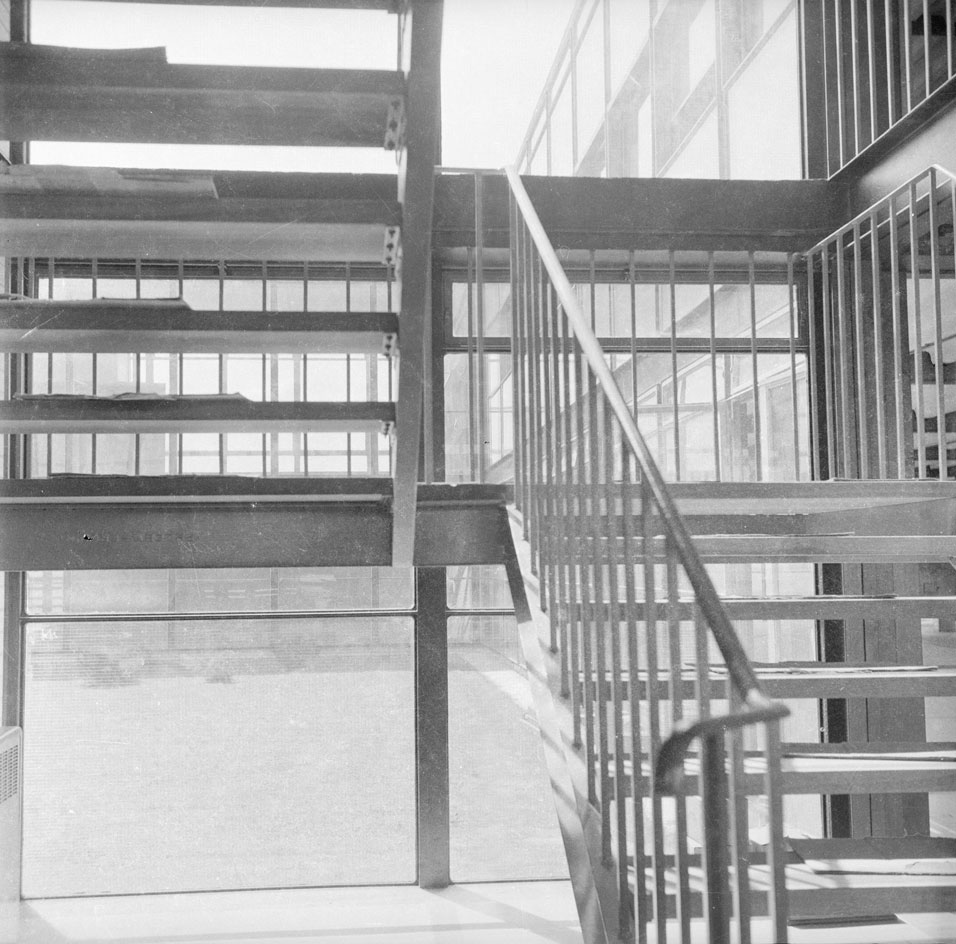
The staircase at Hunstanton Secondary Modern School. © Tate
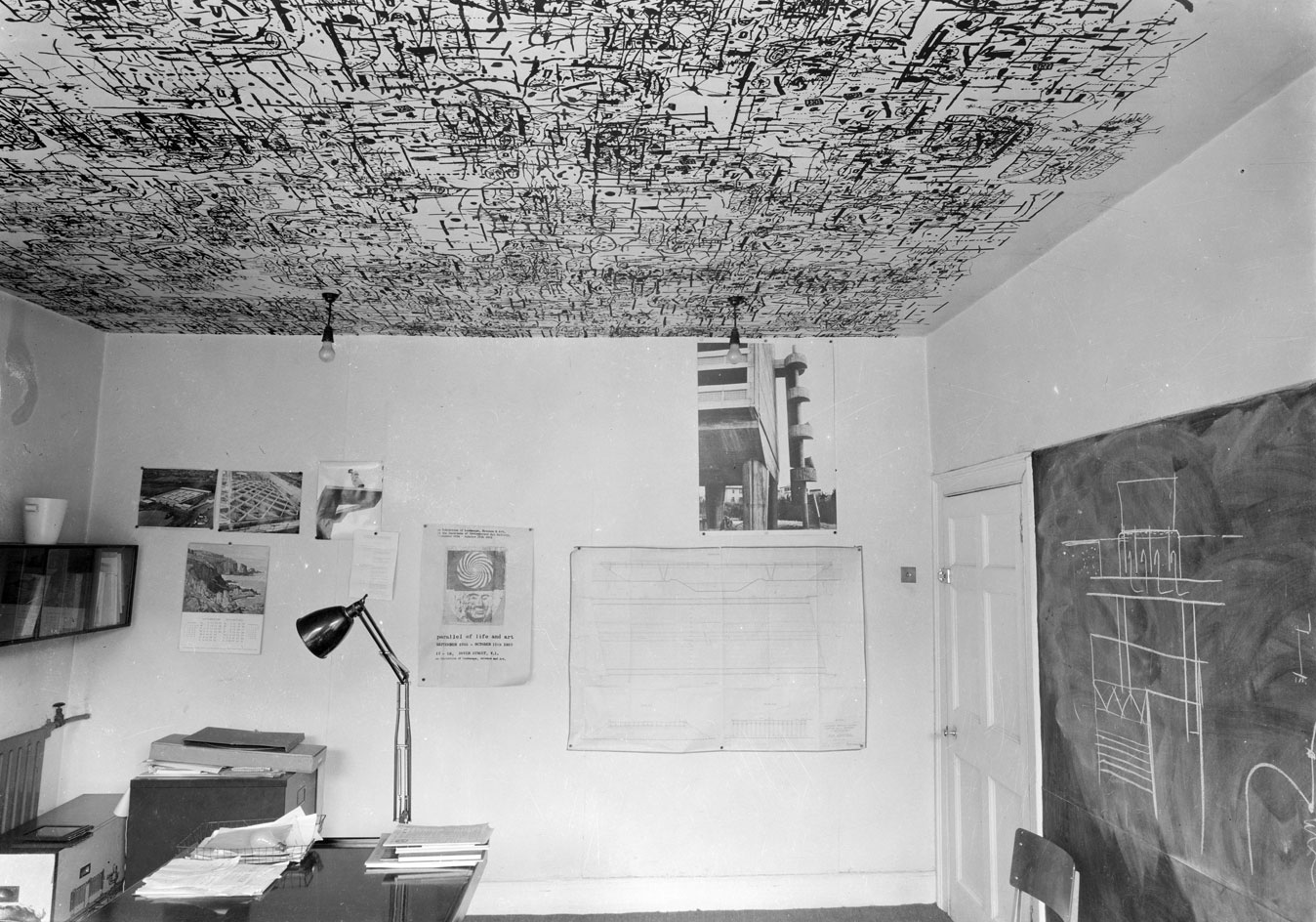
Structural engineer Ronald Jenkins’ office at Arup featured a Paolozzi collage on the ceiling. Photography: Nigel Henderson. © Tate
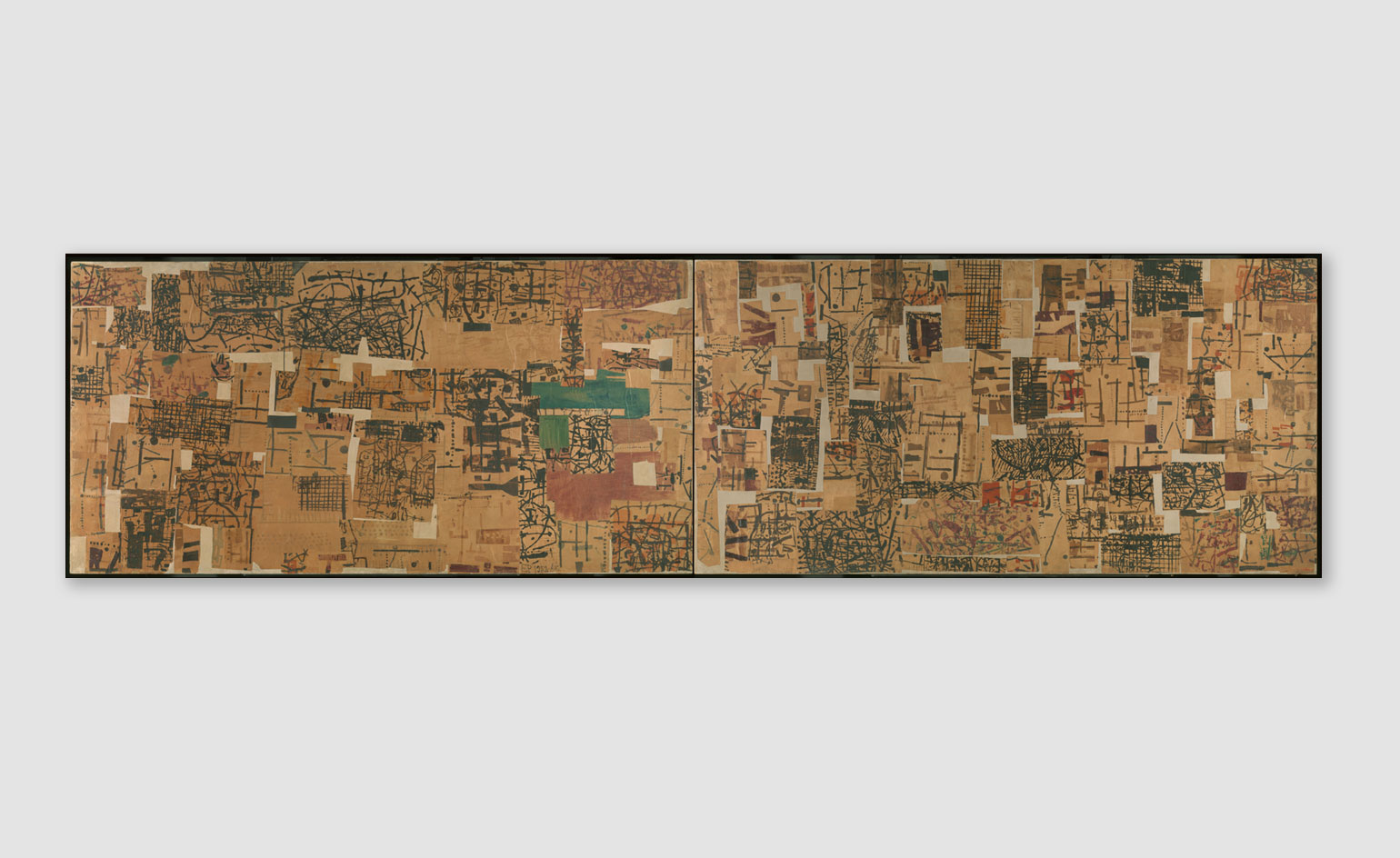
'Collage Mural', by Eduardo Paolozzi, 1952. © The Eduardo Paolozzi Foundation
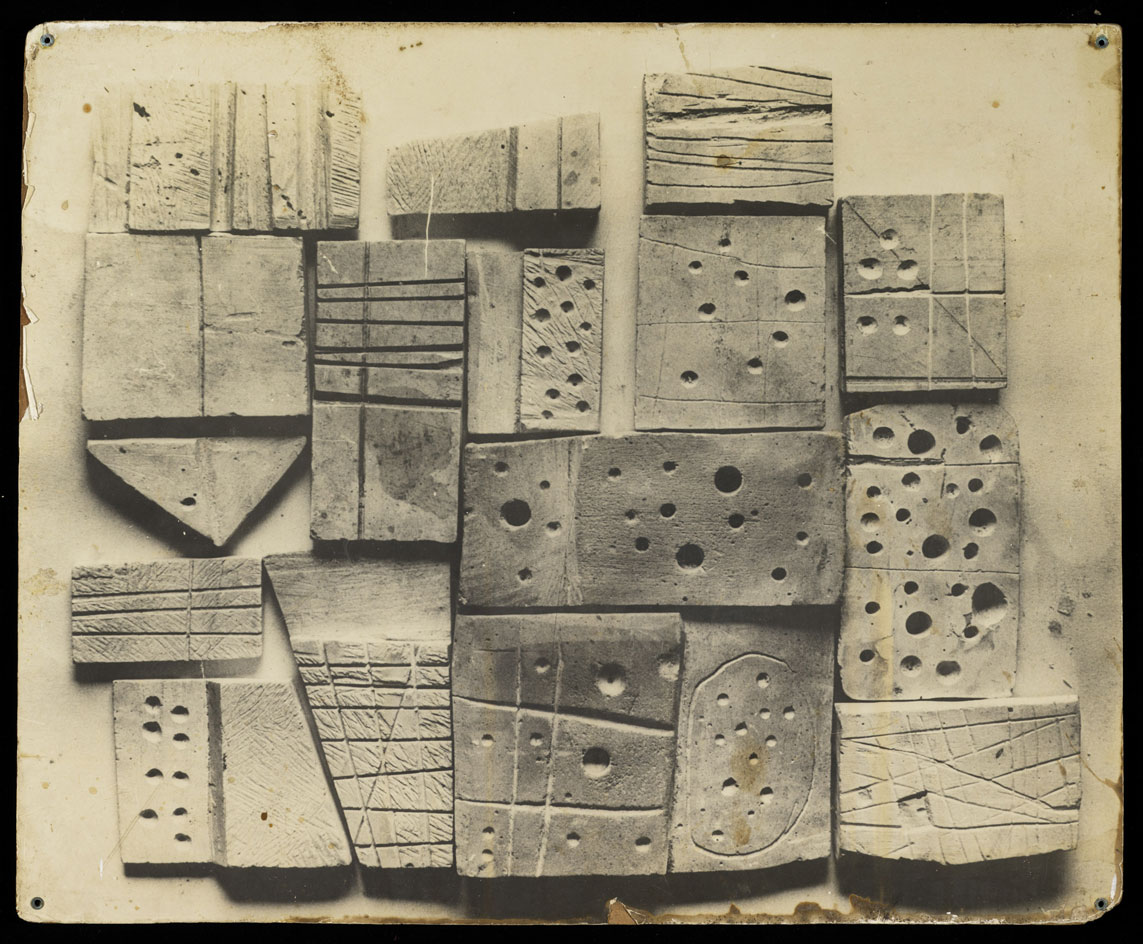
‘Plaster Blocks', by Eduardo Paolozzi, 1952. Photography: Nigel Henderson. © Tate

The interior of Henderson’s house in Bow, London. Photography: Nigel Henderson. © Tate
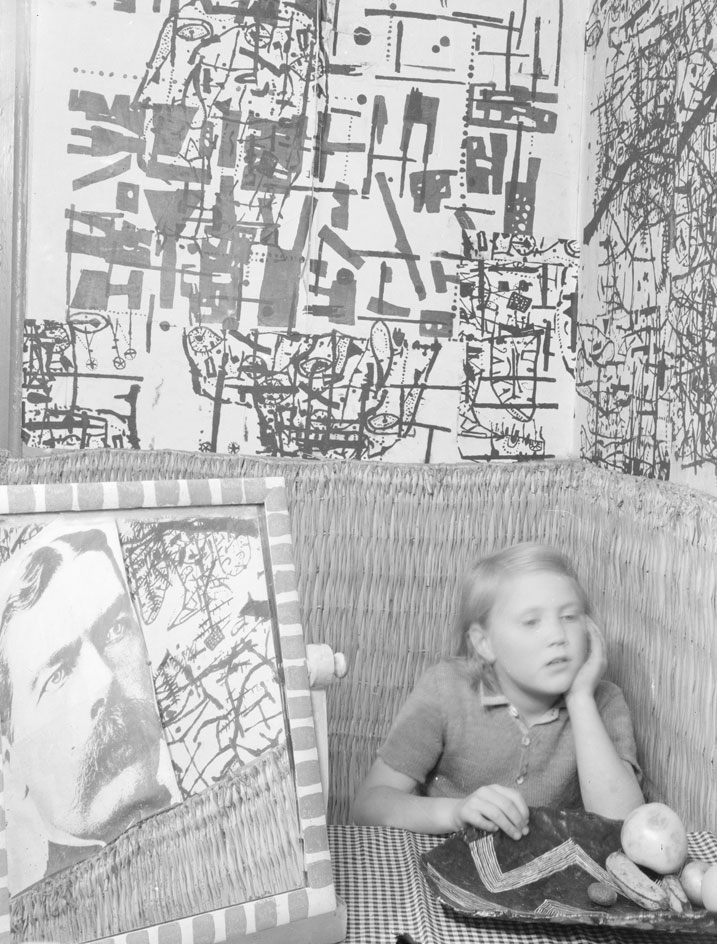
A portrait of Henderson's daughter in the family's front room, also decorated with designs by Paolozzi. Photography: Nigel Henderson. © Tate
ADDRESS
Tate Britain
Millbank
London SW1P 4RG
Receive our daily digest of inspiration, escapism and design stories from around the world direct to your inbox.
-
 12 fashion figures reveal their style resolutions for the year ahead
12 fashion figures reveal their style resolutions for the year aheadAs 2025 comes to a close, we ask the Wallpaper* style community – from Willy Chavarria and Stefan Cooke to Craig Green and Torishéju Dumi – their New Year's resolutions
-
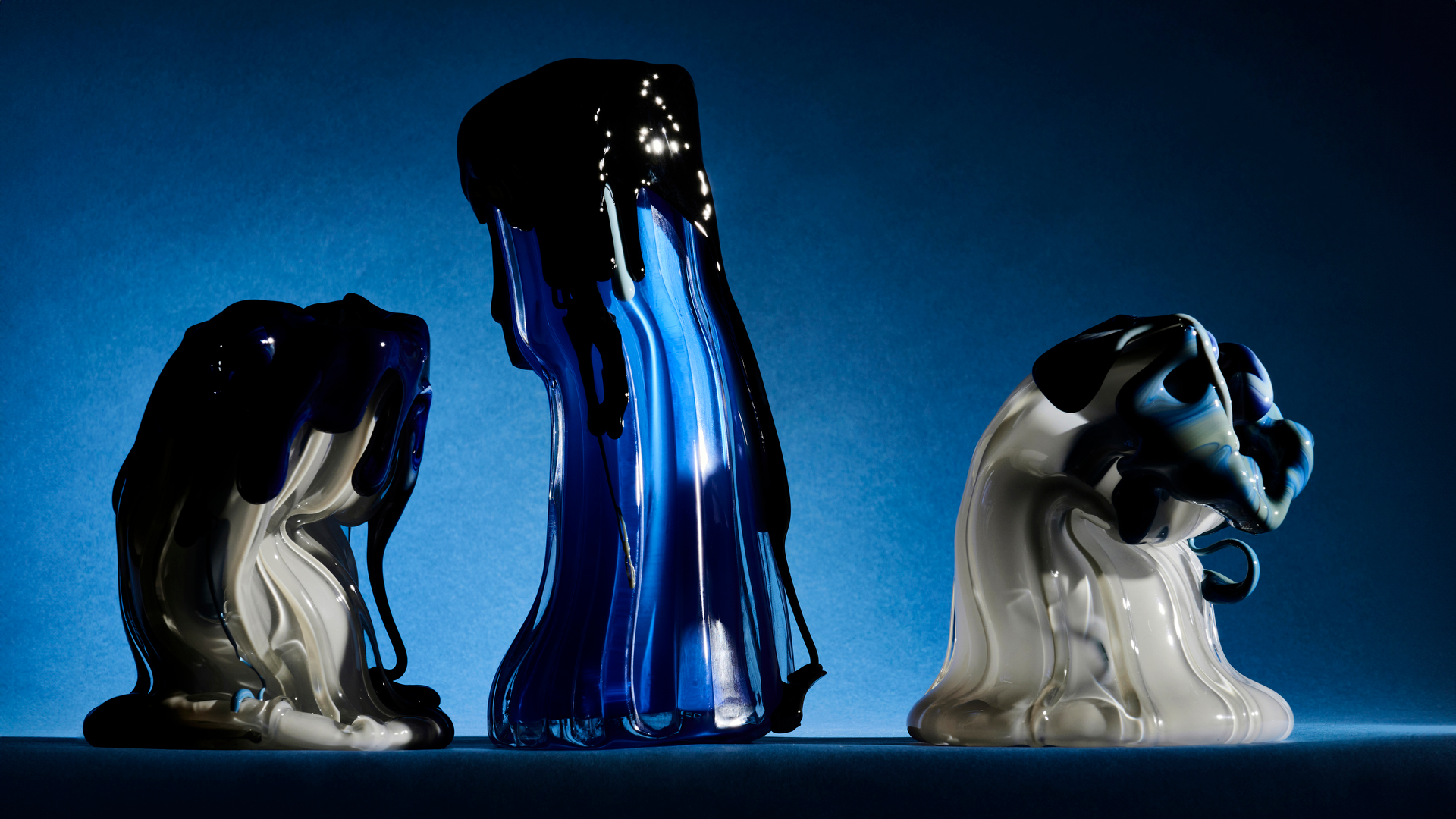 Glass designer Silje Lindrup finds inspiration in the material's unpredictability
Glass designer Silje Lindrup finds inspiration in the material's unpredictabilityWallpaper* Future Icons: Danish glassmaker Silje Lindrup lets the material be in charge, creating a body of work that exists between utility and experimentation
-
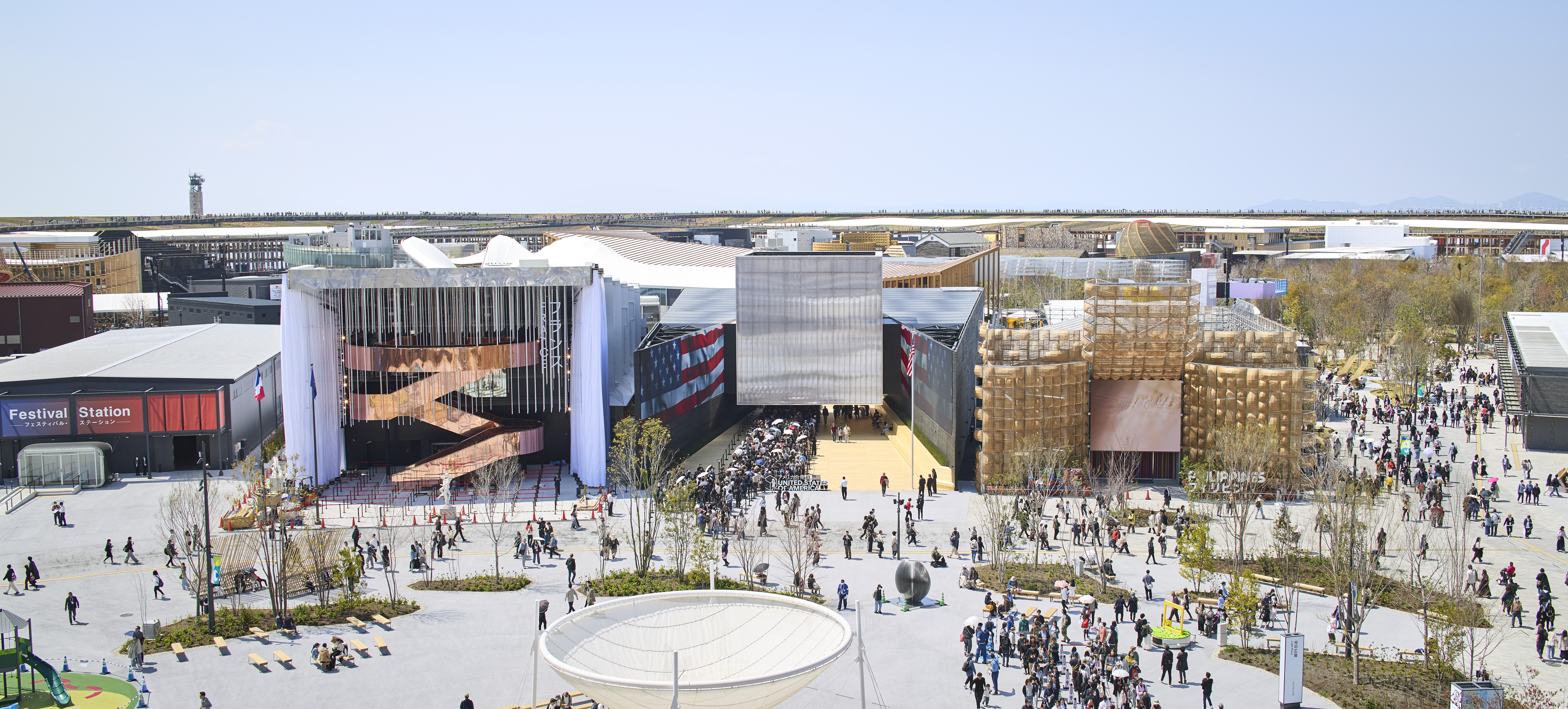 Top 10 architecture moments of 2025
Top 10 architecture moments of 2025Architecture & environment director Ellie Stathaki picks the top 10 architecture moments of 2025, to recount, remember and reassess
-
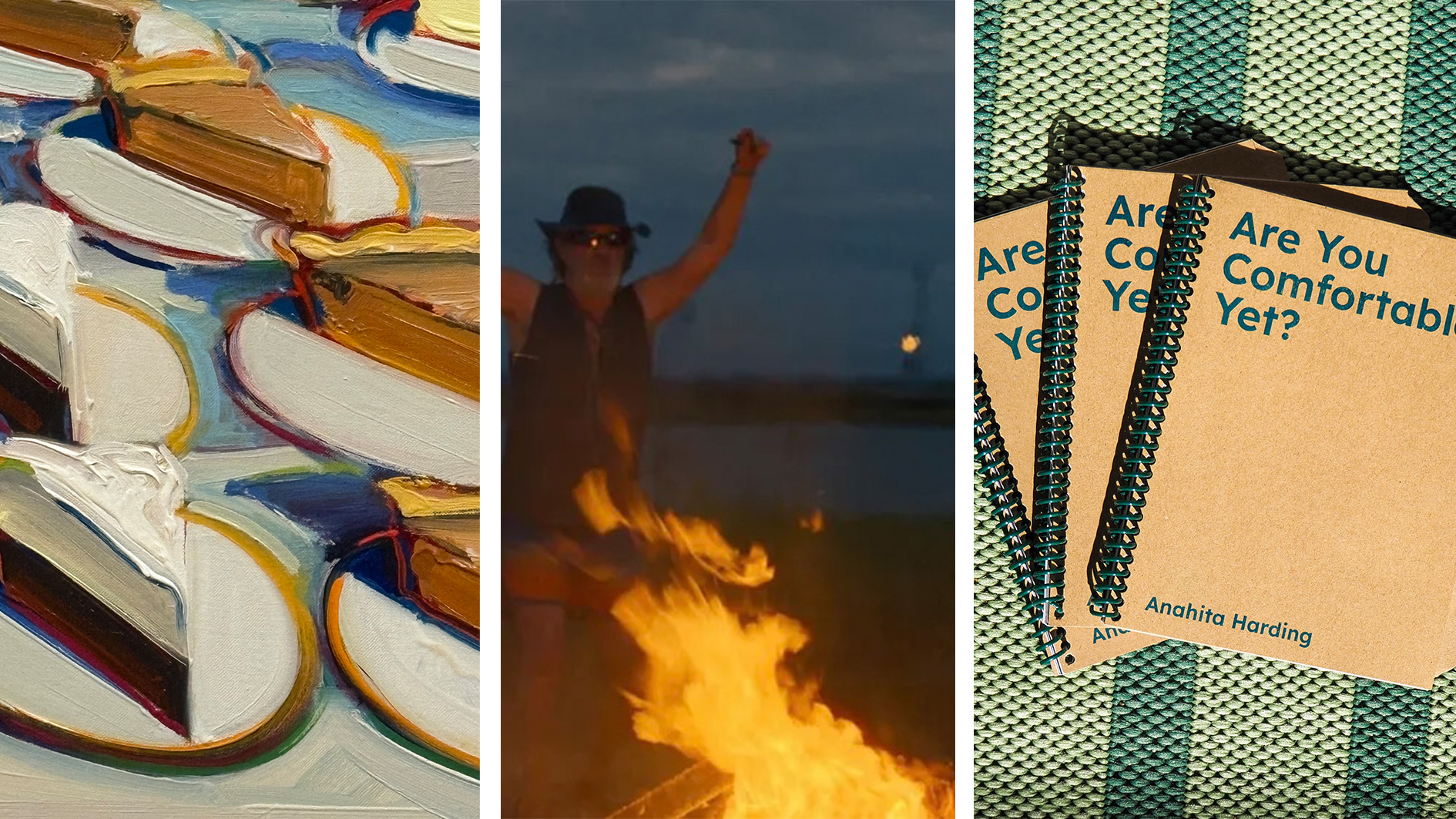 Out of office: the Wallpaper* editors’ picks of the week
Out of office: the Wallpaper* editors’ picks of the weekAs we approach Frieze, our editors have been trawling the capital's galleries. Elsewhere: a 'Wineglass' marathon, a must-see film, and a visit to a science museum
-
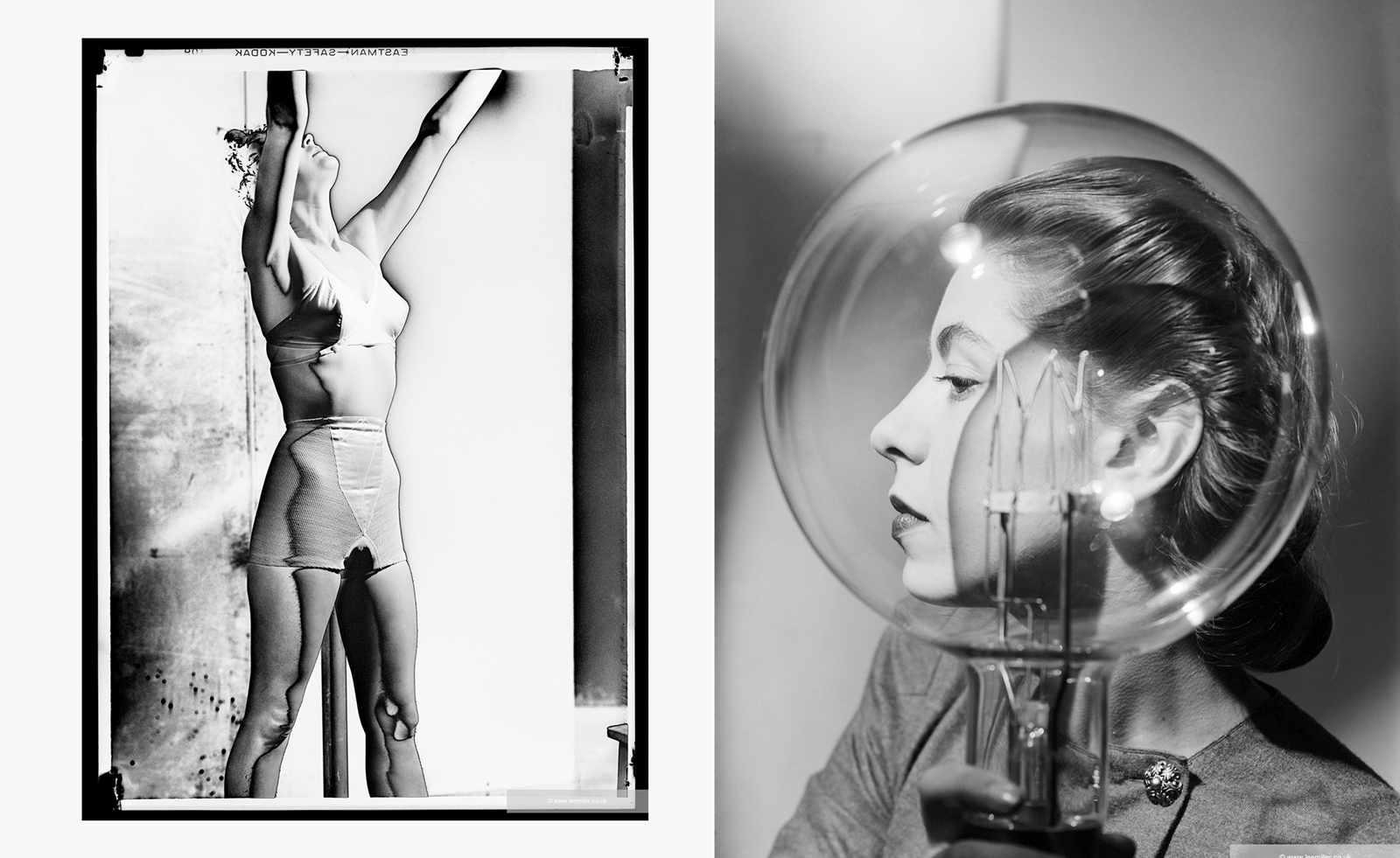 Photographer and surrealist Lee Miller gets a long-overdue retrospective at Tate Britain
Photographer and surrealist Lee Miller gets a long-overdue retrospective at Tate BritainLee Miller ushered in a new era with her avant-garde and raw photography. Now, Tate Britain celebrates her life's work
-
 From activism and capitalism to club culture and subculture, a new exhibition offers a snapshot of 1980s Britain
From activism and capitalism to club culture and subculture, a new exhibition offers a snapshot of 1980s BritainThe turbulence of a colourful decade, as seen through the lens of a diverse community of photographers, collectives and publications, is on show at Tate Britain until May 2025
-
 Brutalism in film: the beautiful house that forms the backdrop to The Room Next Door
Brutalism in film: the beautiful house that forms the backdrop to The Room Next DoorThe Room Next Door's production designer discusses mood-boarding and scene-setting for a moving film about friendship, fragility and the final curtain
-
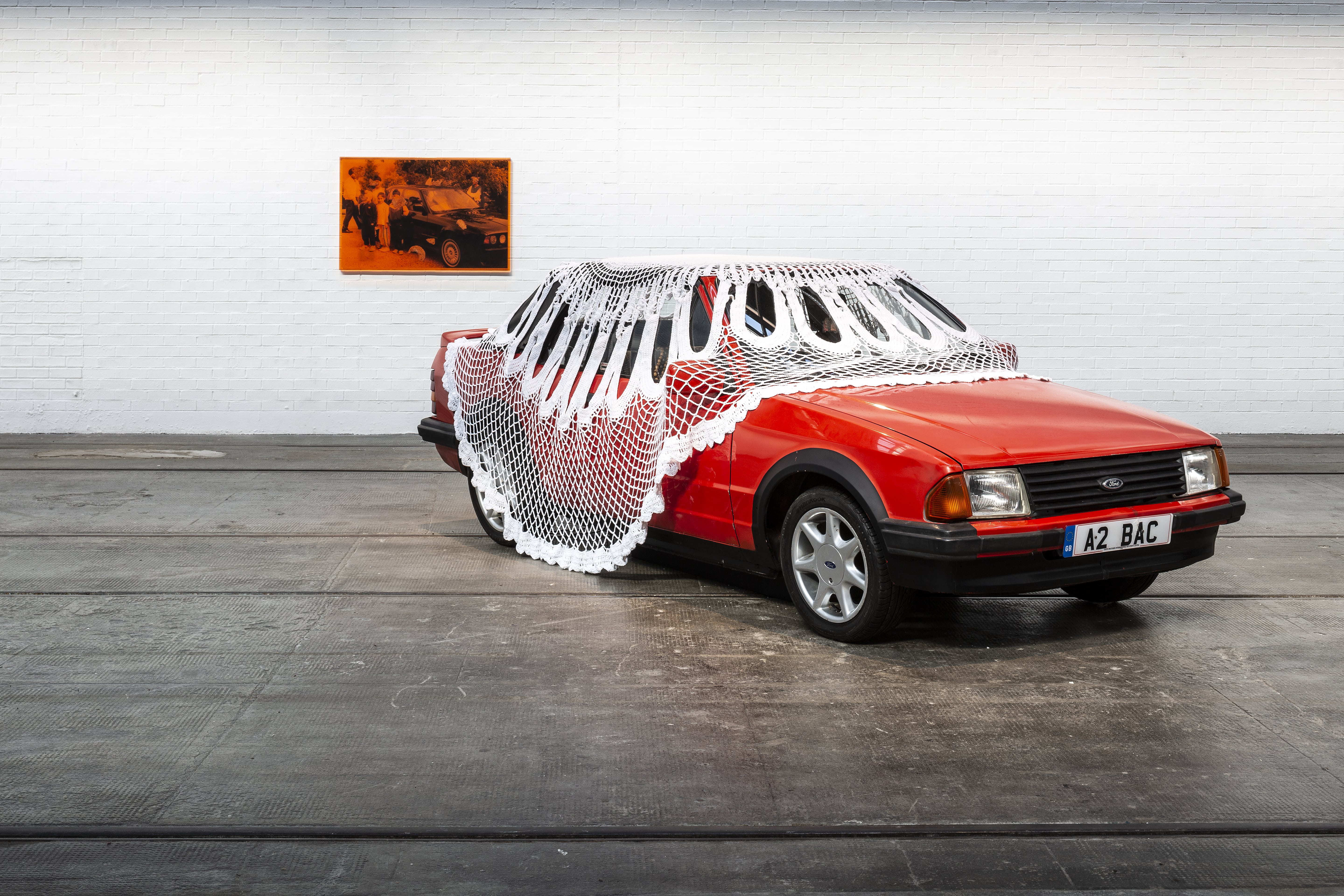 Jasleen Kaur wins the Turner Prize 2024
Jasleen Kaur wins the Turner Prize 2024Jasleen Kaur has won the Turner Prize 2024, recognised for her work which reflects upon everyday objects
-
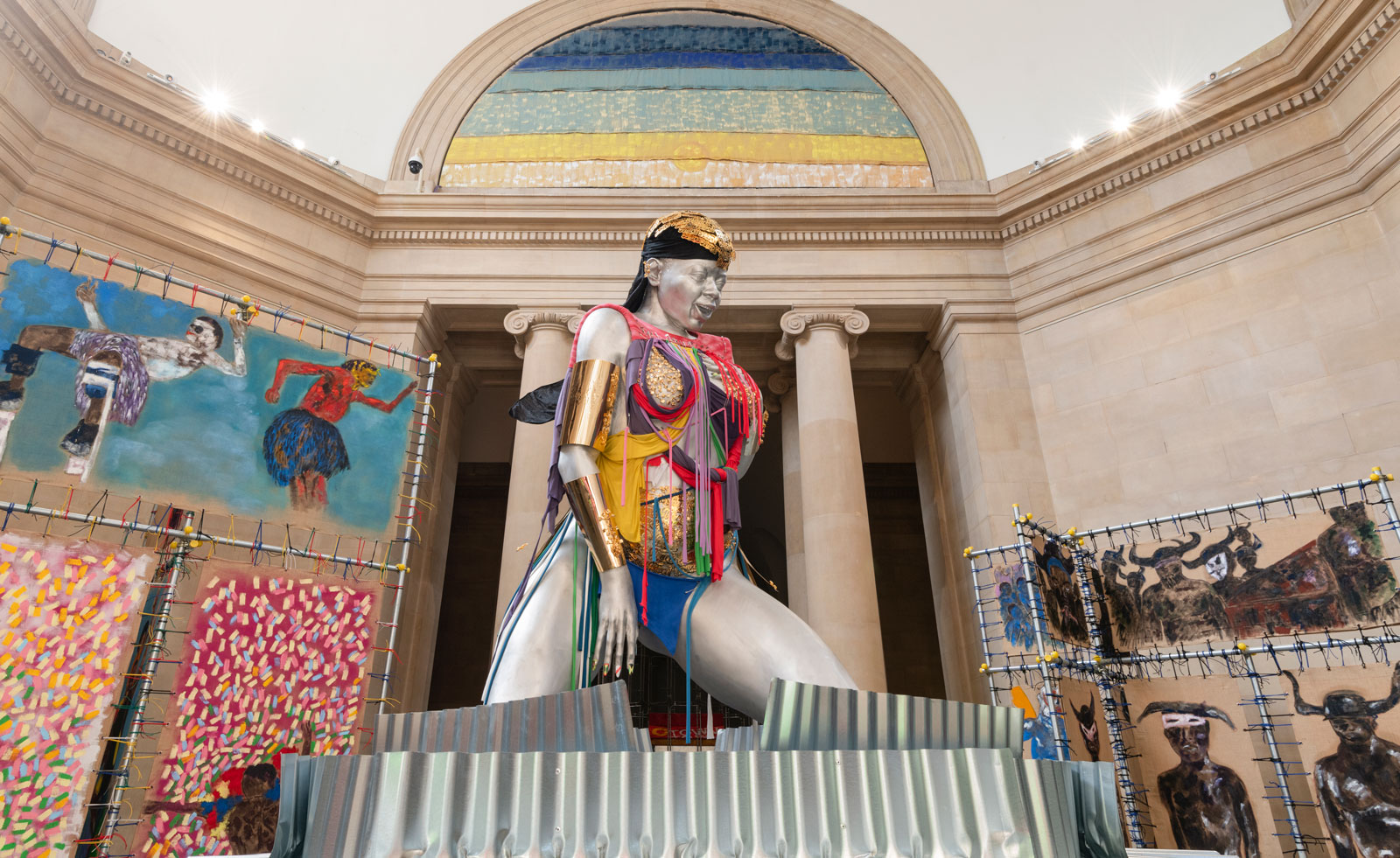 'You survive with grace': Alvaro Barrington at the Tate Britain
'You survive with grace': Alvaro Barrington at the Tate BritainAlvaro Barrington considers Black culture with Grace installed in Tate Britain’s Duveen Galleries
-
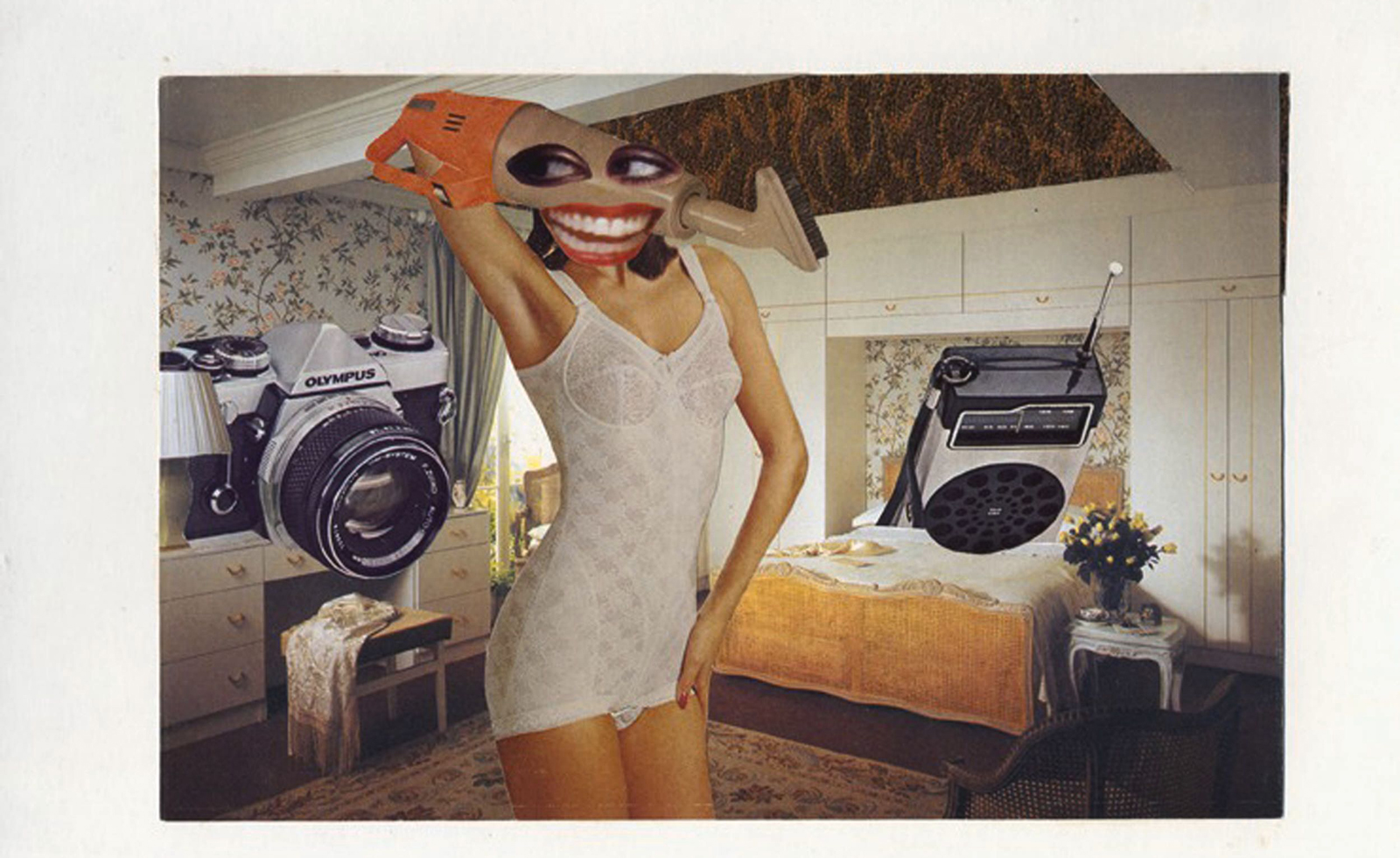 ‘Women in Revolt!’ at Tate Britain is a deliciously angry tour de force of feminist art
‘Women in Revolt!’ at Tate Britain is a deliciously angry tour de force of feminist art‘Women in Revolt!’ puts feminist art from 1970 – 1990 under the spotlight at Tate Britain
-
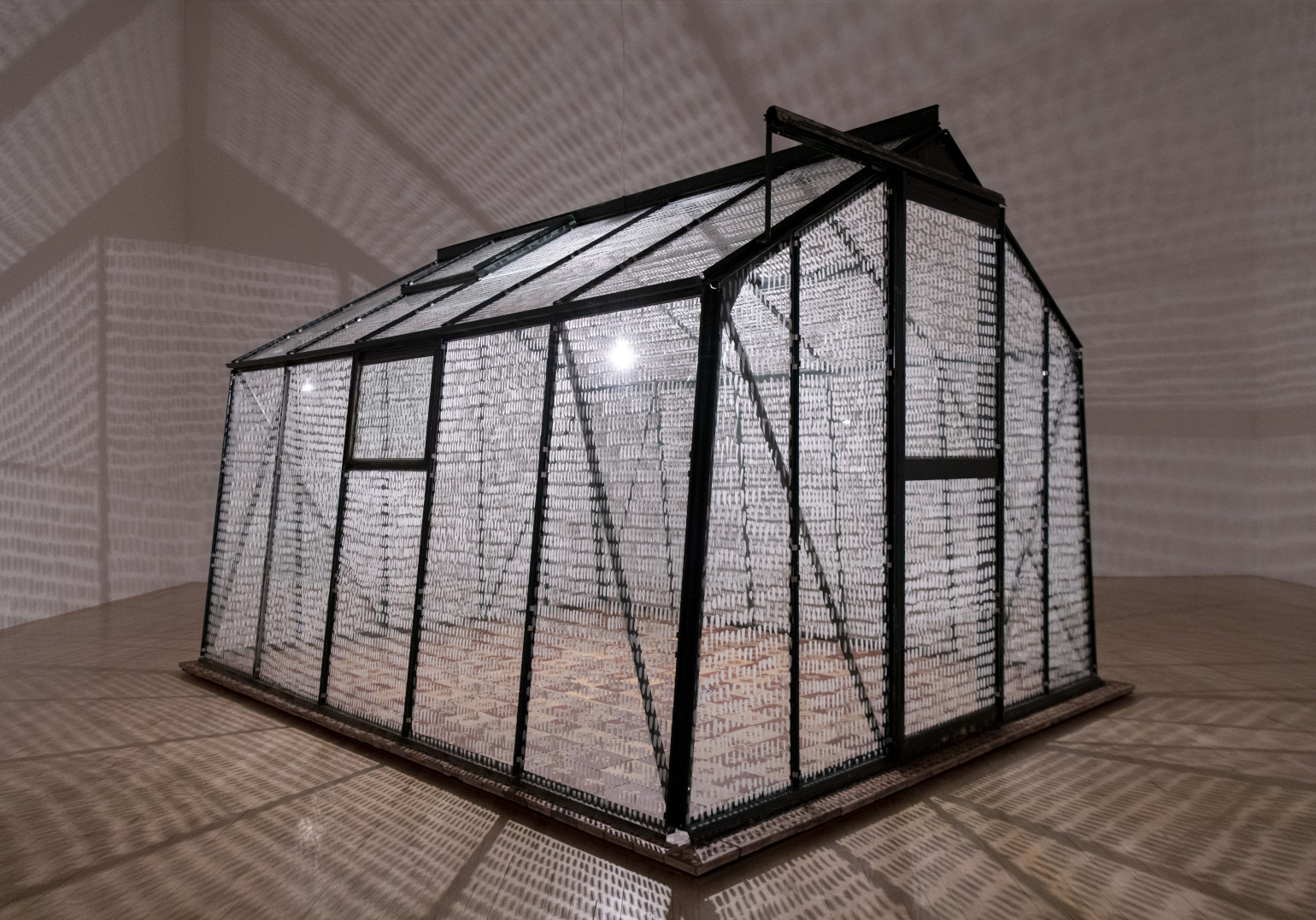 Cornelia Parker’s major Tate Britain survey explores British fragility
Cornelia Parker’s major Tate Britain survey explores British fragilityAt Tate Britain, Cornelia Parker’s first London survey show dissects politics and history and reframes everyday life